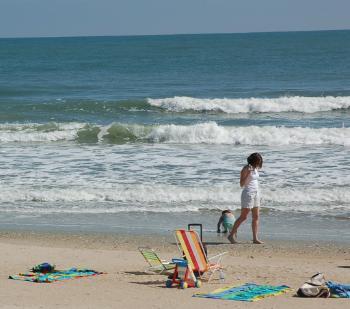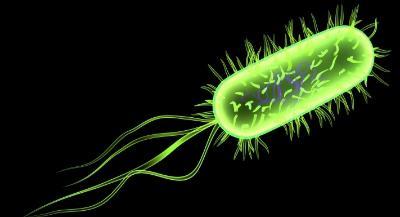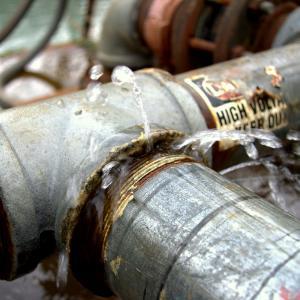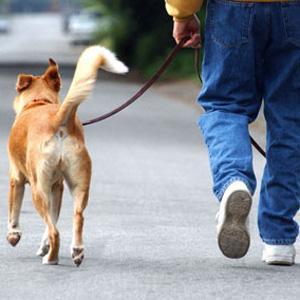EQL Projects
Tracking Sources of Fecal Pollution
Why do we measure FIB?
Tracking Fecal Pollution Links
The South Carolina Department of Health and Environmental Control (SC DHEC) uses FIB to determine whether water is safe for recreational uses – such as swimming and collecting shellfish.
 The city of Myrtle Beach has contracted out its beach monitoring to the EQL since 1997. You can read more about our Beach Monitoring project and view data here. Beach warnings and shellfish bed closings in South Carolina are based on levels of FIB by federal mandate in the Clean Water Act and regulated by the U.S. Environmental Protection Agency (US EPA).
The city of Myrtle Beach has contracted out its beach monitoring to the EQL since 1997. You can read more about our Beach Monitoring project and view data here. Beach warnings and shellfish bed closings in South Carolina are based on levels of FIB by federal mandate in the Clean Water Act and regulated by the U.S. Environmental Protection Agency (US EPA).
What are FIB?
 Fecal indicator bacteria are bacteria that predict the presence of harmful organisms associated with the fecal matter of warm-blooded animals.
Fecal indicator bacteria are bacteria that predict the presence of harmful organisms associated with the fecal matter of warm-blooded animals.
Indicator bacteria are not necessarily harmful themselves, but where they are present, disease-causing microbes such as human pathogens are also likely to be present. Using an indicator is a simpler, more cost-effective way to test for harmful organisms than trying to identify and test for each potential pathogen individually.
Three major types of FIB are measured in South Carolina:
- Fecal coliform bacteria are a collection of relatively harmless microorganisms that occur in the intestines of warm-blooded animals, including humans. Although fecal coliform bacteria do not cause disease, they are an indicator that pathogens or disease-causing agents might be present. Thus, there is a potential health risk for individuals exposed to water with high concentrations of these bacteria.
- Escherichia coli (E. coli) are the most common member of the fecal coliform bacteria group that is specific to the fecal material of warm-blooded animals, including humans. E. coli is an indicator that disease-causing agents may be present.
- Enterococcus is a type of bacteria usually found in the intestines of warm-blooded animals. Like fecal coliform and E. coli, Enterococcus is an indicator that disease-causing agents may be present in the water. Enterococcus is unique in that it can survive in salt water and is therefore typically used in beach monitoring efforts.
 It is important to note that the vast majority of fecal indicator bacteria are not themselves pathogens (microbes that cause illness), and the majority of pathogens are not indicator bacteria.
It is important to note that the vast majority of fecal indicator bacteria are not themselves pathogens (microbes that cause illness), and the majority of pathogens are not indicator bacteria.
See SC DHEC’s site on Common Water Quality Terms for more information.
What are the sources of FIB?
Fecal indicator bacteria originate from animal sources such as:
- Humans
- Pets, including dogs
- Birds and other wildlife
FIB are transferred from the host animal’s gut to our waterways through feces.
- Human feces can enter waterways through leaky sewer lines, improperly designed septic tanks, or by running off of land after outdoor defecation.
- Canine feces can enter waterways when dog owners don't pick up after their dogs.
- The feces of birds and other wildlife enter waterways either by defecation directly into waterways or by running off of land when it rains.
 |
 |
 |
 |
Once they have entered the environment, FIB can grow and reproduce in gutters, storm drain pipes, and in the bottom sediment of storm drain ditches and tidal creeks. FIB growing in the environment may not pose health risks to humans since they may not be associated with pathogens.
The risk associated with recreational contact with non-human animal fecal sources in water is unknown. The US EPA reports that there has never been a documented outbreak of animal-associated illness among swimmers at marine beaches. For additional information about animal sources of FIB, see the US EPA’s 2011 report on Potential Human Health Risks from Exposure to Fecal Contamination from Avian and Other Wildlife Sources in Recreational Waters.
How can we remediate FIB impairments?
To remediate FIB impairments, we need to determine the sources of FIB and remove those sources from our watersheds. Conventional FIB such as fecal coliforms, E. coli, and Enterococcus do not identify the sources of FIB. We need tools that identify the sources of FIB so that we can focus remediation efforts where they are most cost-effective.





